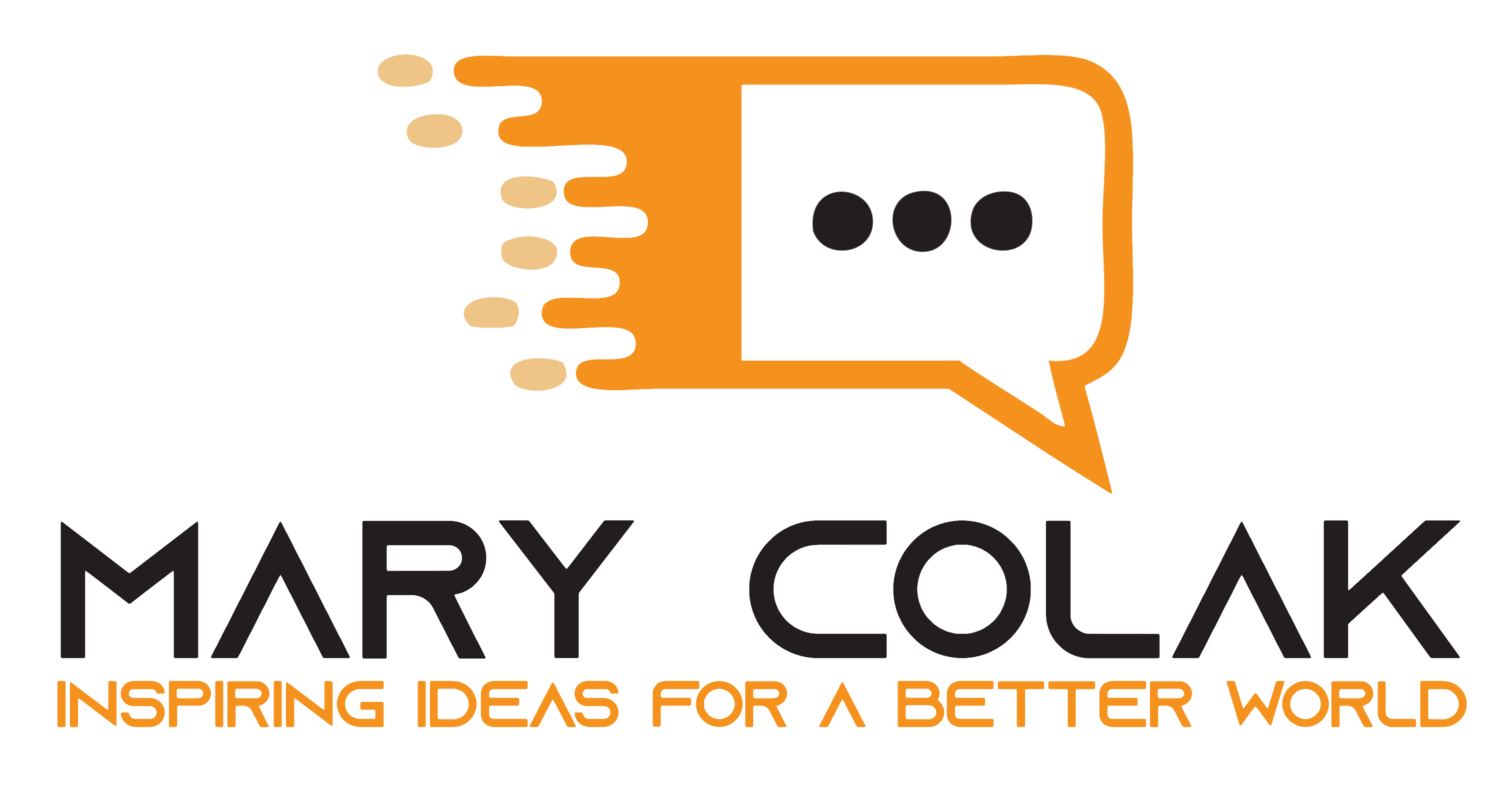Critical success factors, let’s talk
Critical success factors
Implementing efficiency and productivity improvement in organizations is a strategy and a management philosophy. It is not just a process to drive out costs.
One of the best ways to implement efficiency and productivity improvement is to adopt a Lean Six Sigma philosophy-it is a way to ensure that the organization is doing the right things at the right time and in the right way.
When undertaking efficiency and productivity improvements in your organization, consider the following six critical success factors:
Identify and manage key measures of efficiency and effectiveness of all processes, not just functions of the organization (i.e., identify key measures of success for each process that will be improved)
Assign high level direct reports as the process owners; ensure they accept responsibility for processes under their purview
Actively engage process owners in process improvement projects (i.e., management [process owner] takes role of project champion on projects)
Link processes to corporate objectives-processes must be effective first before they are made efficient (i.e., ensure you're doing the right things first before embarking on improving the process)
Ensure that facts and data are used as the primary drivers for making decisions (i.e., use dashboard measures for each sub-process to make this easier)
Communicate the need for performance improvement at all levels of the organization and as frequently as possible-leaders cannot "over-communicate" the need for performance improvement
Remember that improving efficiency and productivity is never a one-off project-it is a continuous cycle of assessing, modifying, implementing and then repeating the process. And keep in mind, also, that not all projects are created equal.
One of the key differences between efficiency and productivity improvement projects and other initiatives is active management involvement. This means that management does not sit on the sidelines of projects where traditionally, their only involvement is reviewing project status reports.
Embarking on improving efficiency and productivity is time-consuming; some may even say it's "all-consuming." However, the benefits of improving efficiency and productivity far outweigh the inefficiency and low productivity with which organizations grapple.
Beyond saving money through more efficient use of raw materials and technology, improving efficiency and productivity allows you to cut your waste disposal costs, reduce your impact on the environment, and improve your reputation with customers, suppliers, and current and future employees. In addition, engaging in efficiency and productivity improvement projects can boost morale of existing staff.
Let’s talk
Improving organizational efficiency and productivity relies heavily on communication. If done incorrectly or infrequently, the impact of messages can get lost in the myriad of available messaging streams. But there are ways to ensure that messages are not only heard, but acted upon, as well.
Leaders can communicate their commitment to organizational efficiency and productivity improvement by using several media streams. This includes:
In-person contact. When you encounter staff, use the opportunity to ask what's new with improvement projects underway in their department.
Presentations. Use meetings to present and discuss improvement projects and how they impact overall organizational productivity.
Frequently asked questions (FAQs). Set up an FAQ section on the corporate Intranet.
Intranet site. Set up a separate intranet section for posting updates on efficiency and productivity improvement strategies and projects.
CEO memos. The CEO can demonstrate support for the organization's efficiency and productivity improvement initiatives by sending a memo to all staff about the initiatives and how they link to the organization's strategies.
Newsletters. Include information about the initiative in the organization's newsletter or set up a separate newsletter that deals only with the efficiency and productivity improvement strategies.
Quizzes. Set up interactive "quizzes" on the intranet to allow users to test their knowledge about efficiency and productivity. An example of quizzes can be found here: http://mncconsultinggroup.com/free-resources/test-your-knowledge/.
Hotline. Set up a telephone hotline to answer specific questions or provide assistance.
Brown bag lunches. Use a brown bag lunch forum to answer questions about the projects. Also, providing a free lunch to all participants is a great way to get more participation.
Suggestion box. The key to using this medium is to reply to all suggestions promptly.
In addition to these communication tools, conduct milestone recognition events to ensure that the organization's productivity improvement strategy is top-of-mind. You may even have a nominations process where staff may nominate "Best Team Member" or "Best Lean Team" or "Best Six Sigma Team," etc.
Some organizations also use employee surveys to gather feedback about projects. Others print posters or provide shirts, mugs and other paraphernalia with special logos for team members.
Regardless of how you choose to communicate, the key is to communicate frequently and consistently. And whenever possible, include face-to-face communication for best results.


